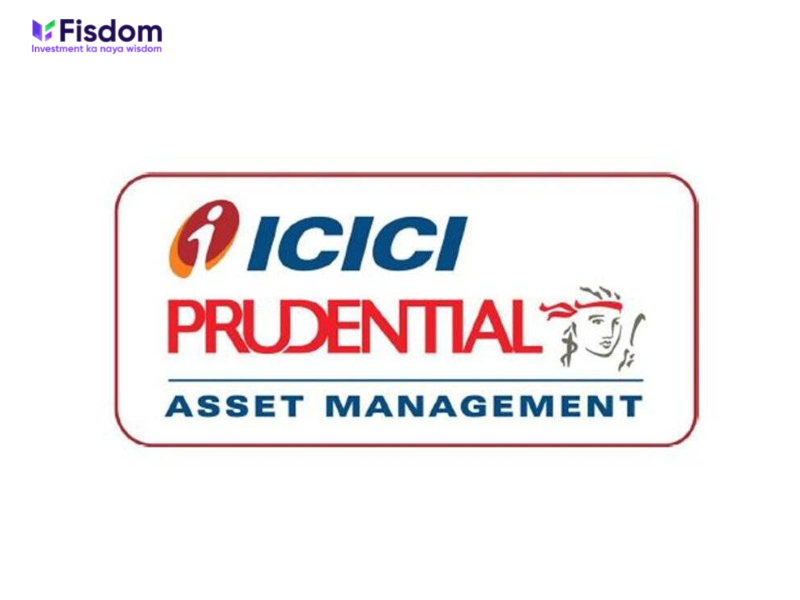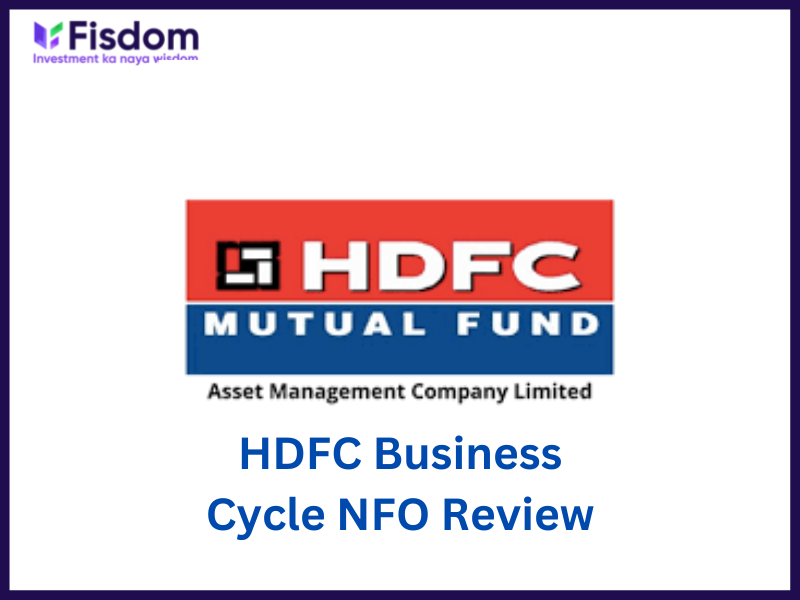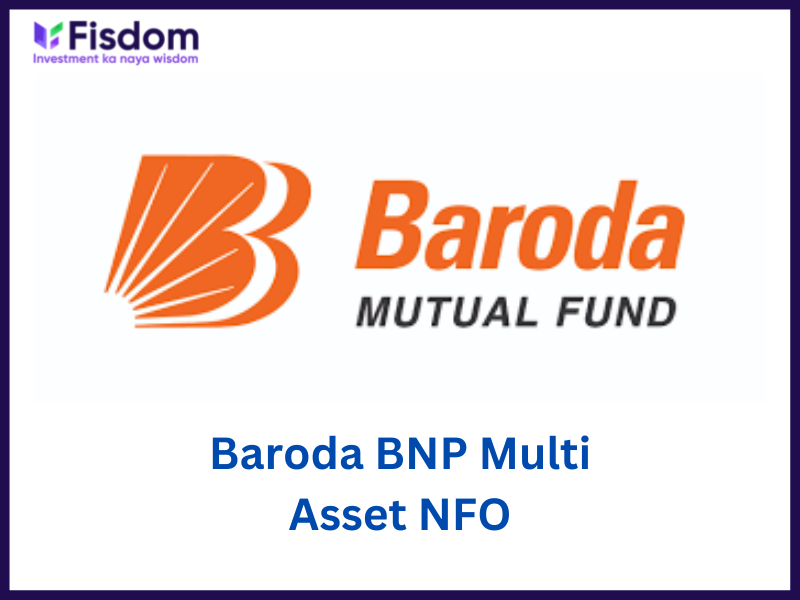
DSP Mutual Fund announced the launch of a new index fund, the DSP Nifty Midcap 150 Quality 50 Index Fund. This passive fund will try to replicate the Nifty Midcap 150 Quality 50 Index as closely as possible. The New Fund Offer (NFO) is open for subscription from July 18th 2022, to July 29th 2022. The scheme will further re-open for regular repurchases from August 8th 2022.
Investment objective of the fund
DSP Nifty Midcap 150 Quality 50 Index fund’s objective is to provide returns that are in sync with the total return of the underlying index (Nifty Midcap 150 Quality 50 Index). The returns will be adjusted to tracking errors. The scheme will replicate the composition of the Nifty Midcap 150 Quality 50 Index. The index comprises 50 stocks from the parent Nifty Midcap 150 Index selected as per ‘Quality Scores’ using fundamentals such as return on equity, financial leverage & earning per share growth of each stock.
Why should you apply for the NFO?
Mid-cap exposure: By gaining exposure to mid-cap stocks, investors will effectively own stocks that may be potential leaders in the future. This can offer higher chances of substantial long-term returns through the high-risk and high-return investment strategy.
Low cost: Since this fund will be passively managed, it allows investors to enjoy the benefit of a lower expense ratio as compared to actively managed funds. This increases the chances of higher profit realisation.
Affordable access: If an investor wants exposure to each of the stocks in the Nifty Midcap 150 Quality 50 index, he/she will need to set aside at least Rs. 2 lakhs. In contrast, by investing in this fund, investors can gain exposure to all 50 constituent stocks of the index by making a minimum investment of only Rs. 500.
Historical returns: The Nifty Midcap 150 Quality 50 Index has delivered over 23 times growth in the last 16 years. So, an investment of Rs. 1 lakh before 16 years would have earned an investor Rs. 23 lakhs today. That’s a CAGR of 21% since index inception. The index has also enjoyed 100% outperformance over the Nifty Midcap 150 Index in the last decade.
Sectoral holdings of Nifty Midcap 150 Quality 50 index: In the table below, investors can look at the sectoral focus of this index:
| SECTOR | ASSET(%) |
| Healthcare | 15.09 |
| Chemicals | 14.48 |
| Technology | 12.36 |
| Capital Goods | 9.75 |
| Consumer Discretionary | 8.34 |
| Financial | 8.27 |
| Services | 6.72 |
| Metals & Mining | 6.70 |
| Materials | 6.07 |
| Textiles | 4.13 |
(Source – https://economictimes.indiatimes.com/uti-nifty-midcap-150-quality-50-index-fund-direct-plan/mffactsheet/schemeid-42253.cms?from=mdr)
Fund details
| Scheme name | NFO details for DSP Nifty Midcap 150 Quality 50 Index Fund |
| Type of Scheme | An open-ended index scheme replicating or tracking the performance and composition of Nifty Midcap 150 Quality 50 Index. |
| Category of the scheme | Index fund |
| Benchmark | Nifty Midcap 150 Quality 50 Index |
| Plan options | Regular Plan Direct Plan Both plans will have growth and IDCW options. |
| Fund Manager | Mr Anil Ghelani and Mr Diipesh Shah |
| Exit Load | NIL |
| Minimum Investment | Rs. 500 and any amount thereafter during NFO SIP – daily, weekly, fortnightly, monthlyQuarterly SIP – Rs. 500 and in multiples of Re. 1 thereafterAdditional purchase of Rs. 500 and any amount thereafter |
| Expense Ratio | Unknown |
| NFO Period | 18 July 2022 – 29 July 2022 |
Where can you invest in the NFO?
Head over to the Fisdom App to invest in this NFO.
FAQs
NFO (New Fund Offer) is launched by the Asset Management Companies (AMCs) to generate funds for launching a new mutual fund. These funds are then pooled to buy the shares or other securities as per the fund’s mandate or the guidelines based on which the fund is launched. NFOs are like IPOs where all the relevant details of the funds are provided at the time of their launch and the units of the fund are usually set at Rs. 10 per unit for a subscription. SEBI guidelines allow the NFOs to be active for a maximum period of 30 days following which the units of the fund are traded based on their daily NAV.
NFOs, at the time of their launch, are launched in two categories namely close-ended funds and open-ended funds. The details of each type of fund are mentioned below.
Open-ended funds
The majority of mutual funds are launched as open-ended funds. Investors can subscribe to the fund at the nominal rate (usually Rs. 10 per unit) during the NFO period. After the NFO period, when the units are traded based on the daily NAV, the investors stand to gain huge capital gains depending on the performance of the fund.
Close-ended funds
Close-ended funds, on the other hand, do not allow the investors to subscribe to the fund after the NFO period is closed.
Investing in NFOs is a very good opportunity to maximize the returns as the units can be subscribed at nominal rates and the returns are potentially higher based on the prevailing NAV at the time of redemption. However, there are several points that need to be considered while subscribing to an NFO. Some of such points are highlighted below.
a)Track record of the AMC
NFOs are offered for the new mutual fund so no proven track record can be reviewed by investors to make an informed investment decision. The investors have to therefore rely on the reputation of the AMC and other details mentioned in the NFO to make an investment decision.
b)Expense ratio (if mentioned)
NFOs need a good amount of publicity to make the investors aware of the fund and the investment opportunity. It is therefore essential for the investors to check the expense ratio of the fund and ensure that it does not outweigh the net gains.
c)Check if the fund is in correlation to the existing portfolio
Recently there have been many NFOs in the market that investors can choose from. However, while selecting the fund the investors must check if the fund is not similar to an existing fund in their portfolio. For example, if the fund is a large-cap fund and the investor already has one or two similar funds in their portfolio, investing in another will not add much value to the net returns or the diversification of the portfolio. On the other hand, many NFOs can be sector-specific or country-specific. In such a case, investors have to check if the fund is in line with other factors like their risk-return profile and investment goals.
d)Review the SID carefully
Reviewing the SID (Scheme Information Document) is a crucial step that should not be missed by investors while investing in NFOs. It contains all the relevant information about the fund managers, their qualifications, and experience which is crucial for the funds’ performance. Other relevant information includes the investment profile of the fund, target sectors or securities, benchmark index, asset allocation ratio, etc. This helps the investors understand the returns expectation of the fund as well as the target investments where the fund will invest the pooled funds. Investors having a risk-return profile in line with that of the fund can thus invest in such funds.
Investment in NFOs can be done through two main routes i.e., the online or offline modes. The details of the same are mentioned below.
a)Online mode
The online mode of investment is suitable for investors already having a Demat account and a trading account. Investors can simply select the NFO and invest by selecting the number of units to invest and paying for the same through online payment modes available on the platform.
b)Offline mode
The offline mode of investment in NFOs is through registered brokers and distributors. Investors can contact their brokers and distributors providing them with the details of the amount to be invested and they can invest in the selected NFOs on their behalf. Investors can make hassle-free investments through such modes as all the necessary forms to be filled and the formalities to be met are looked after by these entities giving investors the benefit of ease of investment. The charges for such services are nominal when compared to the potentially high returns.
FAQs
1. What is NFO? NFO (New Fund Offer) is launched by the Asset Management Companies (AMCs) to generate funds for launching a new mutual fund. These funds are then pooled to buy the shares or other securities as per the fund’s mandate or the guidelines based on which the fund is launched. NFOs are like IPOs where all the relevant details of the funds are provided at the time of their launch and the units of the fund are usually set at Rs. 10 per unit for a subscription. SEBI guidelines allow the NFOs to be active for a maximum period of 30 days following which the units of the fund are traded based on their daily NAV.
2. What are the types of NFOs? NFOs, at the time of their launch, are launched in two categories namely close-ended funds and open-ended funds. The details of each type of fund are mentioned below.
Open-ended funds
The majority of mutual funds are launched as open-ended funds. Investors can subscribe to the fund at the nominal rate (usually Rs. 10 per unit) during the NFO period. After the NFO period, when the units are traded based on the daily NAV, the investors stand to gain huge capital gains depending on the performance of the fund.
Close-ended funds
Close-ended funds, on the other hand, do not allow the investors to subscribe to the fund after the NFO period is closed.
3. What are the points to consider before investing in NFOs? Investing in NFOs is a very good opportunity to maximize the returns as the units can be subscribed at nominal rates and the returns are potentially higher based on the prevailing NAV at the time of redemption. However, there are several points that need to be considered while subscribing to an NFO. Some of such points are highlighted below.
a)Track record of the AMC
NFOs are offered for the new mutual fund so no proven track record can be reviewed by investors to make an informed investment decision. The investors have to therefore rely on the reputation of the AMC and other details mentioned in the NFO to make an investment decision.
b)Expense ratio (if mentioned)
NFOs need a good amount of publicity to make the investors aware of the fund and the investment opportunity. It is therefore essential for the investors to check the expense ratio of the fund and ensure that it does not outweigh the net gains.
c)Check if the fund is in correlation to the existing portfolio
Recently there have been many NFOs in the market that investors can choose from. However, while selecting the fund the investors must check if the fund is not similar to an existing fund in their portfolio. For example, if the fund is a large-cap fund and the investor already has one or two similar funds in their portfolio, investing in another will not add much value to the net returns or the diversification of the portfolio. On the other hand, many NFOs can be sector-specific or country-specific. In such a case, investors have to check if the fund is in line with other factors like their risk-return profile and investment goals.
d)Review the SID carefully
Reviewing the SID (Scheme Information Document) is a crucial step that should not be missed by investors while investing in NFOs. It contains all the relevant information about the fund managers, their qualifications, and experience which is crucial for the funds’ performance. Other relevant information includes the investment profile of the fund, target sectors or securities, benchmark index, asset allocation ratio, etc. This helps the investors understand the returns expectation of the fund as well as the target investments where the fund will invest the pooled funds. Investors having a risk-return profile in line with that of the fund can thus invest in such funds.
4. How to invest in NFOs? Investment in NFOs can be done through two main routes i.e., the online or offline modes. The details of the same are mentioned below.
a)Online mode
The online mode of investment is suitable for investors already having a Demat account and a trading account. Investors can simply select the NFO and invest by selecting the number of units to invest and paying for the same through online payment modes available on the platform.
b)Offline mode
The offline mode of investment in NFOs is through registered brokers and distributors. Investors can contact their brokers and distributors providing them with the details of the amount to be invested and they can invest in the selected NFOs on their behalf. Investors can make hassle-free investments through such modes as all the necessary forms to be filled and the formalities to be met are looked after by these entities giving investors the benefit of ease of investment. The charges for such services are nominal when compared to the potentially high returns.

























